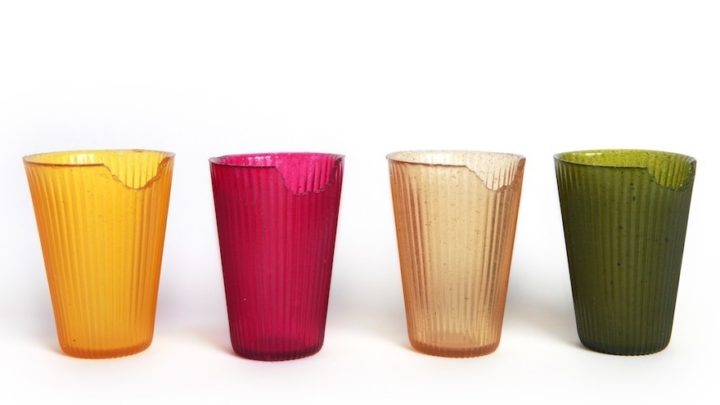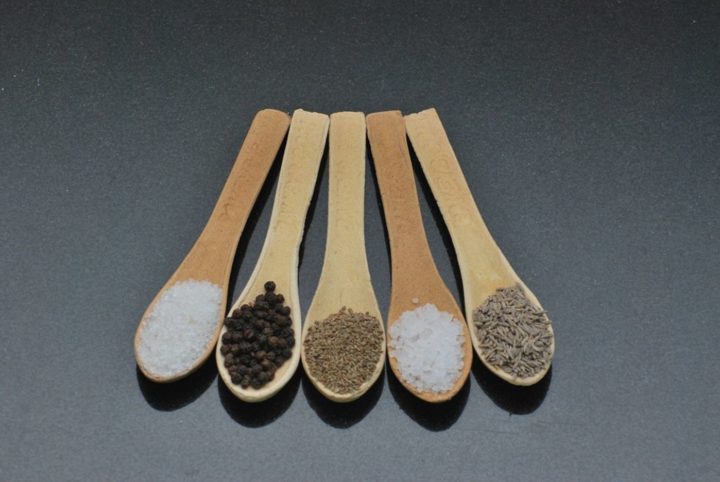Food Packaging: Edible Alternatives

With meals on-the-go gaining market popularity and food retailers experiencing increased pressure from both end-users and government to reduce food and packaging waste, for today’s article, we decided to focus on an alternative that targets both issues – edible packaging.
Leading a busy life, the present-day consumer, expects to conveniently shop for ‘grab and go’ bites. Being a substitute for a home-cooked meal, there is a sense of expectation that these should be characterised by taste quality, nutrition, and above all, should exhibit mindfulness of the environment through organic ingredients and sustainable packaging (i.e. renewable, biodegradable, compostable, edible). In addition, consumers believe that all of these elements should be an industry standard and therefore not translate into higher price points.


Outlined market context continues to encourage the development of affordable edible packaging applications. Some of the recent innovations include:
- Outer Packaging: WikiFoods™, an innovative food and beverage gelatinous encapsulation technology that was designed to serve as a barrier against water loss, prevent contaminated entry and arouse consumer excitement while providing additional nutritional value. The exterior membrane is composed of bagasse (a fibrous by-product of the sugarcane industry), isomalt (sweetener), chitosan (natural sugar obtained from the outer skeleton of shrimp, crab or lobster) and alginate (viscous gum produced from brown seaweed).
- Straws: Herald Plastic has recently launched an edible alternative to plastic straws. The product has the potential to complement the bar, drinks and beverage industry experience. Being sold by the box, they are available in lemon, lime and strawberry flavours. Just imagine drinking G&T through a lime-flavoured straw…excited to give it a go?
- Glasses: Loliware’s edible glasses are made out of seaweed and organic sweeteners. Flavours and colours are fruit and vegetable based. It’s delicious, surprisingly sturdy and easy to eat. Each glass comes with a compostable paper sleeve to prevent users’ hands getting sticky.
- Cutlery: Bakey’s combine sorghum, rice, wheat flour & water to bake edible cutlery with neutral, salty or sweet flavours. The final product retains its shape even when used with hot liquids, it’s 100% vegan and with only 35 kcal offers a nice crispy snack that can be consumed after your meal.
- Wraps: Sandwich sleeves by Do Eat are made out of water and potato starch and are neutral in taste. Each can be customised with Vegetal ink and used for cold and hot recipes.
It can be agreed that edible packaging is the future of sustainability (100% plastic free, BPA free, GMO free) and gustatory consumer engagement (non-toxic, safe, FDA approved). These tasty alternatives will differentiate you from the competition but will also open new routes for sensorial impact.
If you are interested in finding out how edible food packaging could connect sensorially with your user – or get a taste of it for yourself at the event, which will conclude our on-going Material Monday series – please do not hesitate to get in touch.
Posted 05 July, 2017 by Katie Kubrak